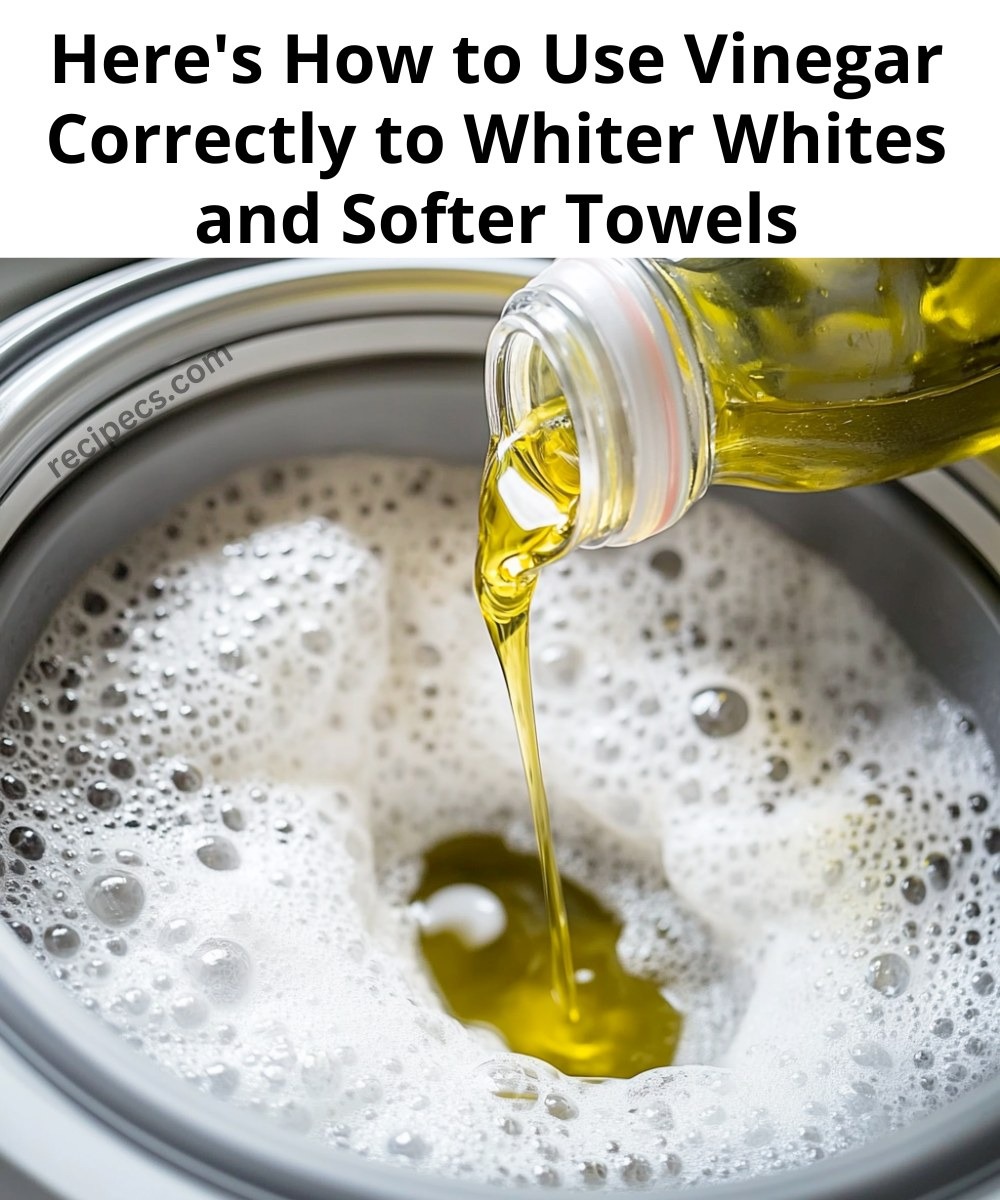2. Mixing Vinegar with Bleach or Other Cleaners
Never mix vinegar with bleach or ammonia-based cleaners. Doing so can produce toxic chlorine gas, which is harmful to breathe in. Always use vinegar as a standalone additive or pre-treating solution.
3. Using Vinegar on Delicate Fabrics Without Testing
While vinegar is safe for most fabrics, some delicate materials like silk or rayon can be sensitive to acetic acid. Test a small, inconspicuous area of the fabric first to ensure there is no discoloration or damage before using vinegar on the entire garment.
4. Adding Vinegar Too Early in the Wash Cycle
Adding vinegar during the wash cycle when detergent is still active can neutralize some of the detergent’s cleaning power. Always add vinegar during the rinse cycle to maximize its benefits.
How Often Should You Use Vinegar in Your Laundry?
Incorporating vinegar into your laundry routine once a week is enough to maintain softer, fresher-smelling fabrics. If you’re dealing with particularly hard water or stiff towels, you can use it every time you wash those items.
Final Thoughts: Why Vinegar Is a Game-Changer for Laundry
Using vinegar in your laundry is a simple, effective way to achieve cleaner, brighter, and softer fabrics. It’s a cost-effective and environmentally friendly alternative to traditional bleach and fabric softeners. By following the right techniques and avoiding common mistakes, you’ll unlock the full potential of this household staple and transform your laundry routine.
Give these methods a try and see the difference for yourself. You’ll be amazed at how such a small change can lead to whiter whites, softer towels, and an overall fresher laundry experience!
ADVERTISEMENT

